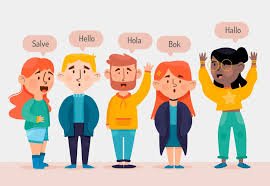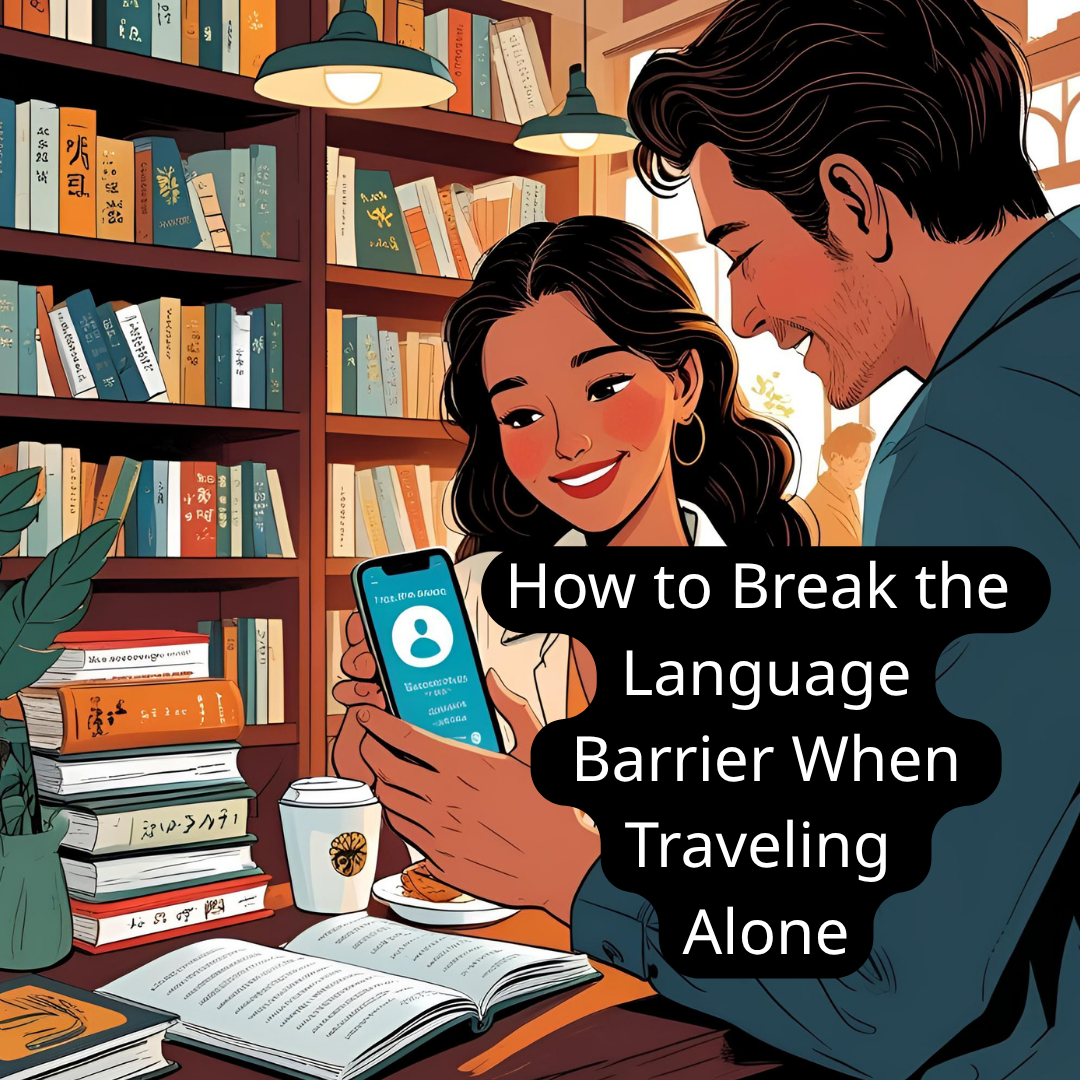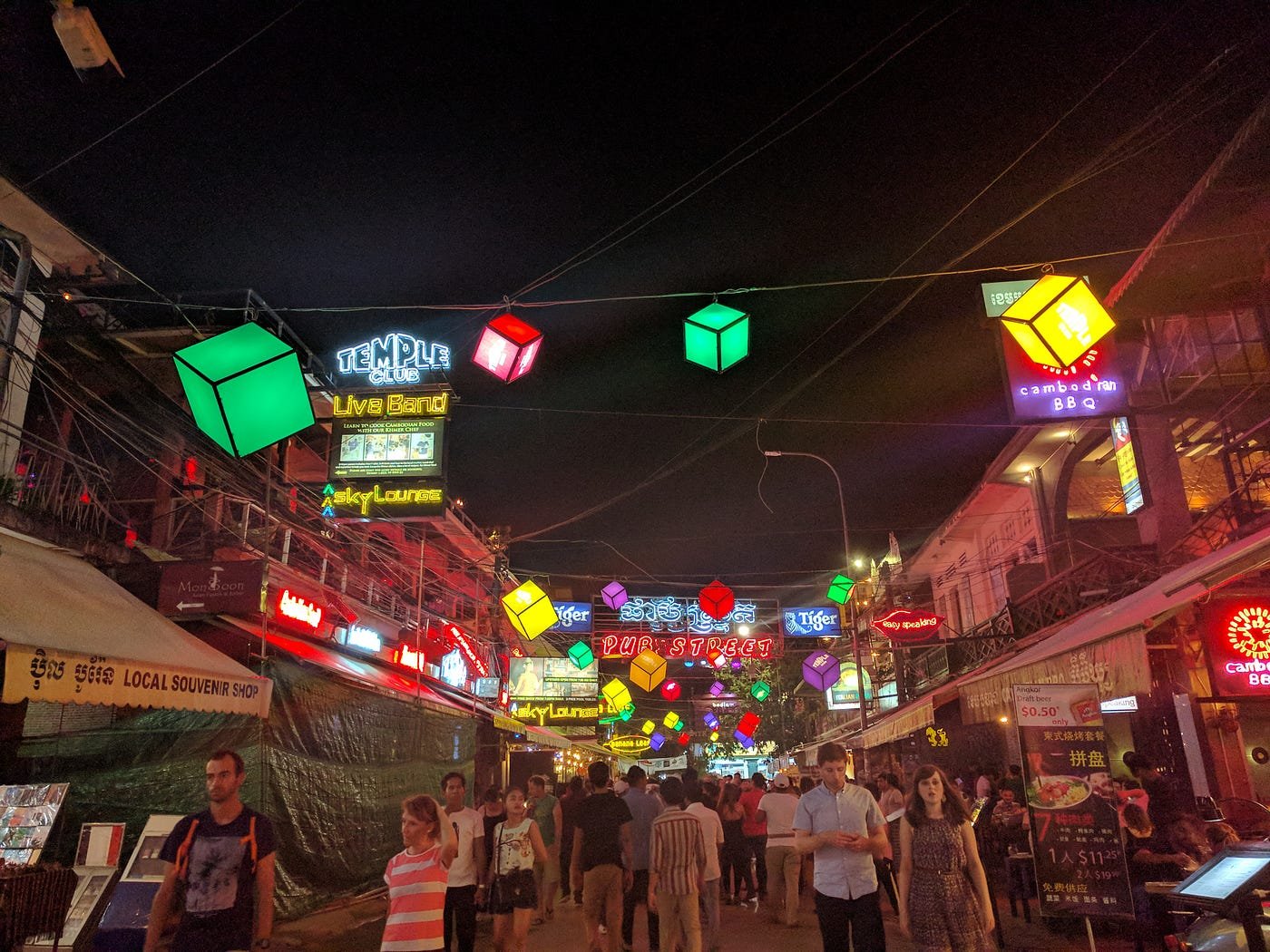Solo travel is thrilling — the freedom, the discovery, the personal growth. But let’s be honest: arriving in a foreign land where you don’t speak the language can be intimidating. From ordering food to asking for directions, the language barrier can feel like a wall between you and the experience.
But here’s the good news: you don’t have to speak five languages to travel the world. You just need the right tools, mindset, and a few clever tricks.
At Larski Travel, we’ve helped thousands of travelers confidently explore the globe, including solo adventurers navigating unfamiliar languages. Here’s a practical guide on how to break the language barrier without breaking a sweat — or your travel dreams.
🌍 Why the Language Barrier Feels Scary (But Isn’t)
Let’s start with the truth: most travelers worry about this. It’s not just about getting lost or ordering the wrong dish — it’s about feeling helpless or disconnected in a new place.
But here’s what many first-time solo travelers discover:
-
Most people are kind and willing to help
-
A smile and a gesture go a long way
-
You can get by with smart tools and preparation
So take a deep breath — it’s easier than it looks.
✈️ Before You Go: Prepare Smart
🗣️ 1. Learn the Basics
You don’t need to be fluent, but knowing just 15–20 essential words and phrases can make a massive difference.
Start with:
-
Hello / Goodbye
-
Thank you / Please
-
I don’t speak [language]
-
Do you speak English?
-
Help! / Emergency
-
How much? / Where is…?
-
Vegetarian / No spicy / No meat
Larski Tip: Use free apps like Duolingo, Babbel, or Memrise 2 weeks before your trip for 10 minutes a day.
📱 2. Download a Translation App (Offline)
Apps can be lifesavers. Don’t rely only on Wi-Fi or data — make sure they work offline.
Top picks:
-
Google Translate (offline mode + camera scan translation)
-
SayHi (voice-based)
-
iTranslate (great for travel phrases)
-
Papago (best for East Asian languages)
Bonus Tip: Download offline language packs before your flight.
🧾 3. Print Key Phrases & Addresses
Have a printed card with:
-
Your hotel name and address in the local language
-
Emergency contact in both your native and destination language
-
Key health or dietary phrases (e.g., “I’m allergic to peanuts”)
If your phone dies — your paper backup will save you.
🌐 While You’re There: Navigate Like a Pro
🤝 4. Use Universal Body Language
Humans communicated long before we had Google Translate.
Use:
-
Gestures (pointing, nodding, miming actions)
-
Facial expressions (smile, frown, raise eyebrows)
-
Drawings (carry a notepad — sketch directions or items)
Pro Tip: Be polite and patient — 90% of communication is tone and attitude, not words.
🧭 5. Rely on Landmarks, Not Just Street Names
In many places, streets might not have visible names or may be confusing.
Ask locals for:
-
Nearby monuments, restaurants, banks, or shops
-
Recognizable icons rather than addresses
-
Visual directions (some apps let locals draw on maps!)
🍽️ 6. Eat Smart with Picture Menus or Translation Camera
Food menus in another language? Use Google Translate’s camera mode to scan and instantly translate them.
Other tricks:
-
Ask the staff to show the dish in photos
-
Use TripAdvisor or Zomato to preview dishes before choosing
-
If unsure, go to buffets, bakeries, or street food vendors where you can point and pick
🧑🤝🧑 7. Stay in Social Hostels or Join Group Tours
Language becomes less of an issue when you travel with others.
-
Stay in hostels where staff often speak English
-
Join free walking tours or day excursions through Larski Travel
-
Meet other solo travelers who can help translate or share tips
🔐 Safety & Confidence Tips
🛡️ 8. Use Business Cards or Google Pin Drops
When checking into a hotel, ask for their business card in the local language. You can show it to taxi drivers or locals if lost.
Also:
-
Use Google Maps “Save” and “Pin” features for your accommodation
-
Share your live location with someone back home
☎️ 9. Learn How to Call for Help
Know the local emergency numbers (911 won’t work everywhere!).
For example:
-
112 in most of Europe
-
999 in UK
-
119 in Japan
-
15, 17, 18 in France (police, fire, ambulance)
Larski Travel provides a safety card with local numbers on every international trip.
💬 10. Don’t Be Afraid to Ask for Help
Most people love helping tourists — it makes them feel proud of their country.
If someone doesn’t understand you:
-
Stay calm
-
Try rephrasing or simplifying
-
Use gestures or write things down
-
Find younger people or service workers (they often know basic English)
💡 When in Doubt, Use These Universal Travel Hacks
| Problem | Solution |
|---|---|
| Can’t read the sign/menu | Use Google Translate camera |
| Can’t explain allergy | Show image or pre-written phrase in local language |
| Taxi driver doesn’t get it | Show hotel card or pinned Google Map location |
| Lost in a city | Ask hotel reception or tour guide to write your way back |
| Need to explain something | Sketch, act, or show a photo of what you need |
💬 Voices from Solo Travelers
Adeel R. – Backpacked Europe Solo
“I had zero French, but I survived Paris with Google Translate and polite hand gestures. Locals actually appreciated the effort!”
Sara K. – Explored Japan Alone
“I stayed in a capsule hostel where no one spoke English. But with smiles, signs, and Papago, I made it through and had the time of my life.”
📌 Final Words: Language is a Bridge, Not a Barrier
Language is not a wall — it’s just another part of the adventure. By staying curious, respectful, and prepared, you’ll find that most places welcome travelers who try, even if imperfectly.
Don’t let fear stop you from exploring. Solo travel is a confidence booster, and breaking the language barrier is part of the fun.



